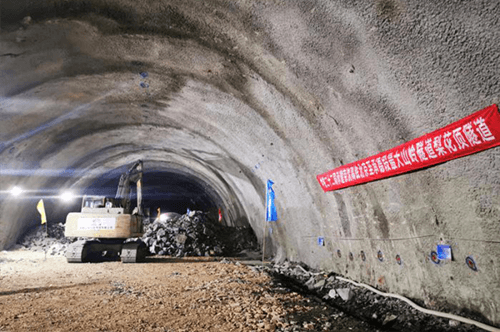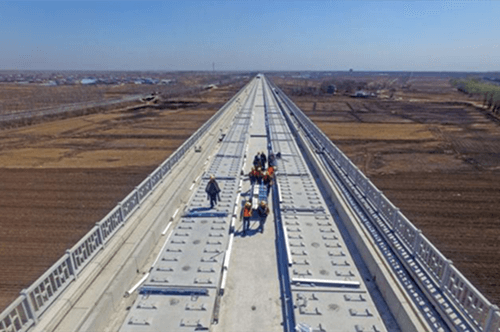The Beijing-Shenzhen high-speed railway plays an important role in China’s “four vertical and four horizontal” passenger dedicated network. The railway line starts from Beijing Railway Station, and passes Chengde, Chaoyang, and Fuxin. The total length is 709 kilometers and the designed speed is 350 kilometers per hour. After the Beijing-Shenzhen high-speed rail line is opened to traffic, it plays an active role in accelerating the integration of the national high-speed rail network in Chengde, and other regions along the national high-speed rail network, promoting the coordinated development of Beijing-Tianjin-Hebei, and revitalizing the old industrial base in the Northeast.

However, during the construction of high-speed railway lines, some areas with complex terrain need to be blasted. In a certain range of the blast area, when the vibration reaches a certain intensity, it will affect the residents’ daily life. The vibration will also do great harm to the surrounding buildings, such as wall skin spalling, cracked walls, cracked floors, deformation or subsidence of foundations, liquefaction of foundation soil, etc. It is necessary to evaluate the impact of the blast on the surrounding environment. In this way, the construction progress will not be delayed because of the potential damage on buildings.

Dynatronic DE-884U Portable Dynamic Signal Test and Analysis System with DT610 Magnetoelectric Speed Sensor is used to monitor the ground vibration in the testing area during the blasting process, and the data acquired can be a strong support for experts to evaluate construction site. Overall, minimizing the negative effects of blasting vibration not only has high academic value, but also has great economic value and social benefits.
